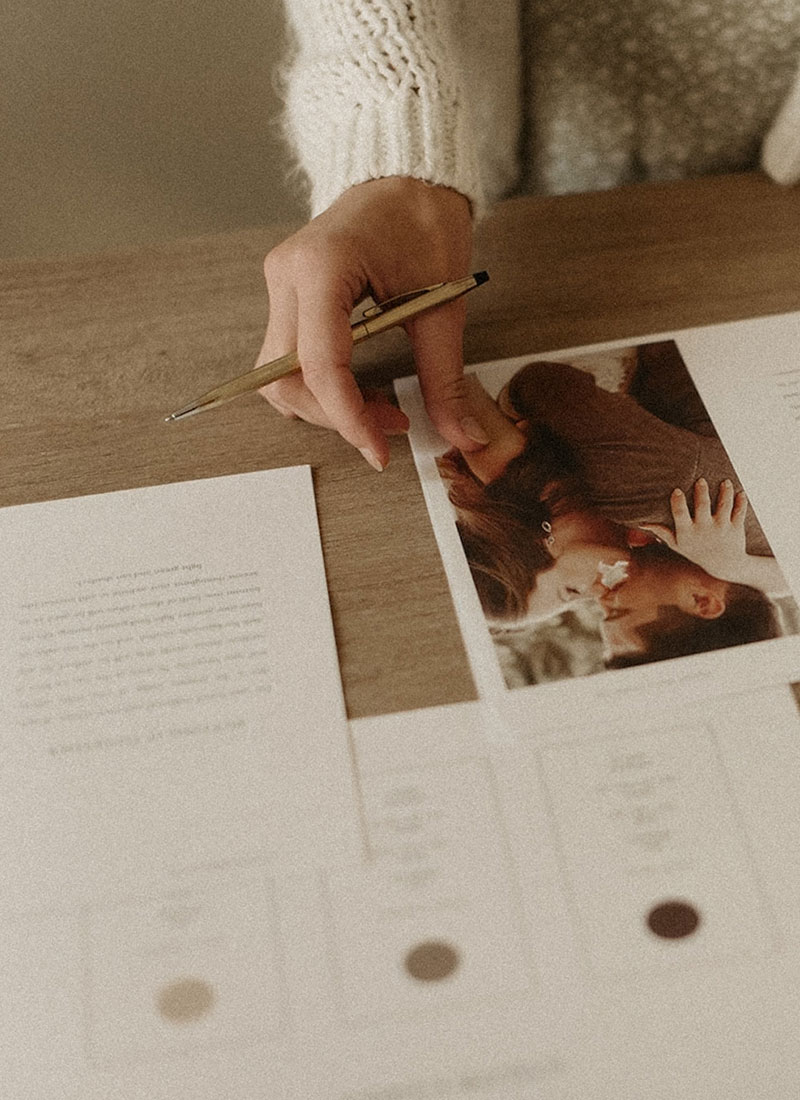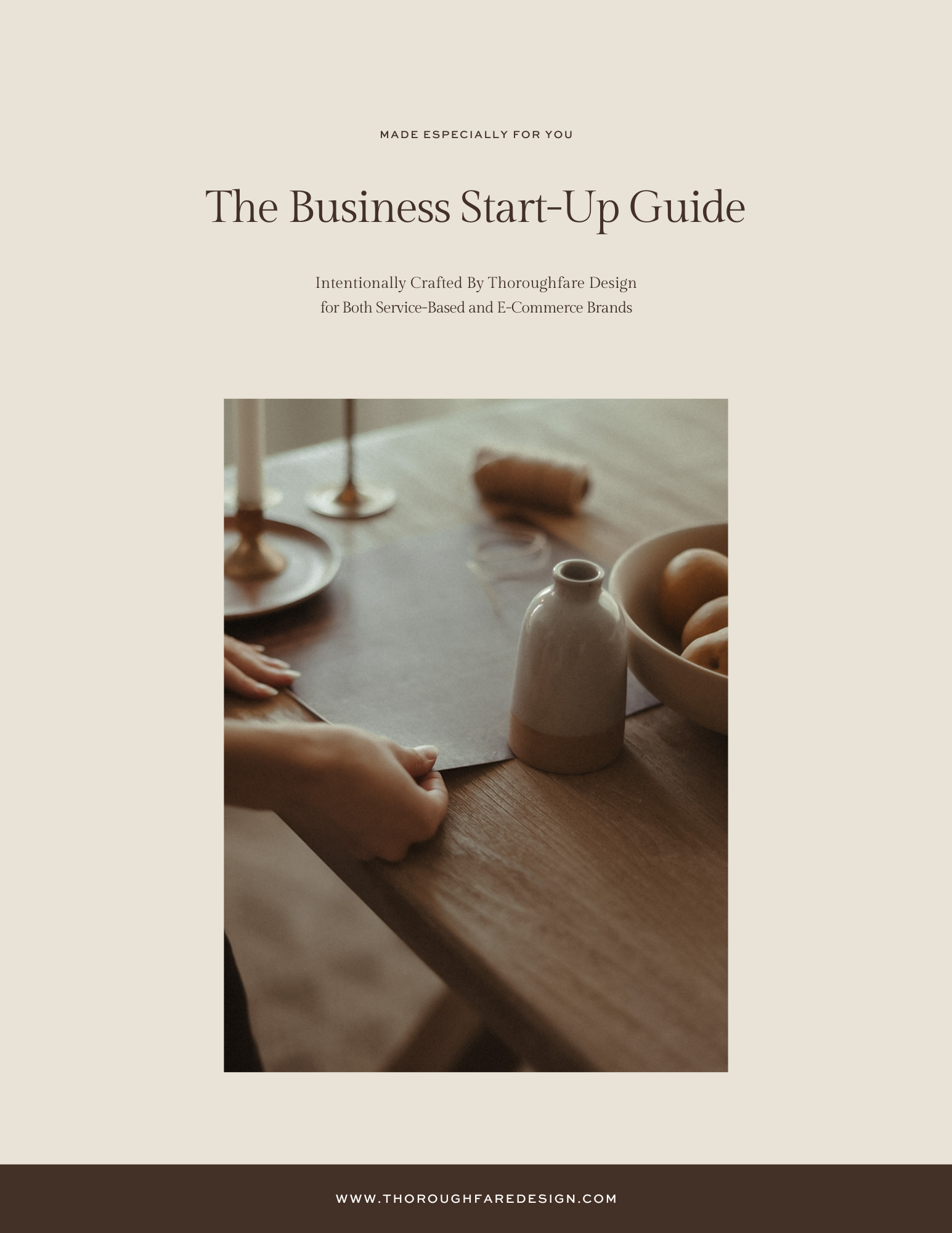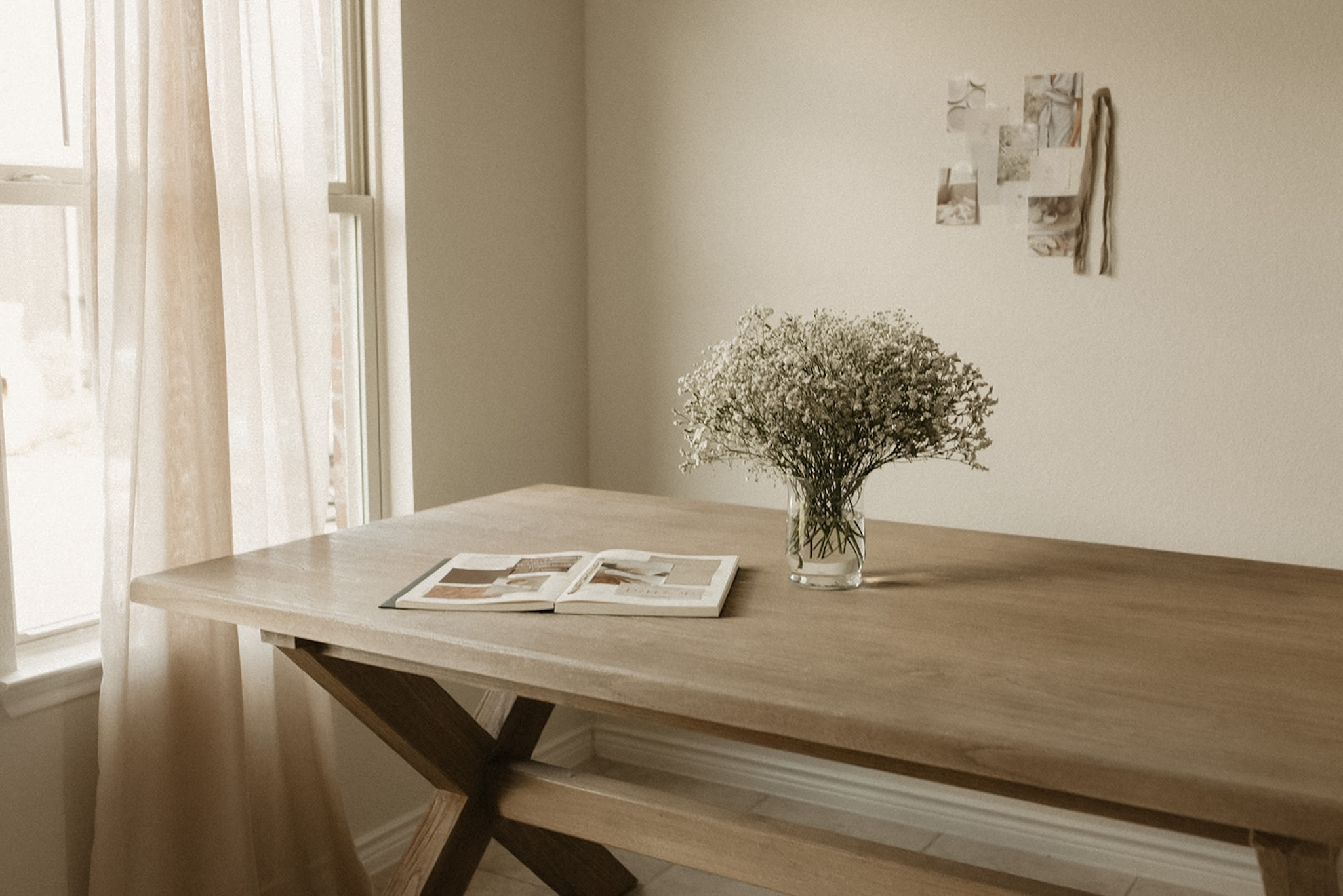
Starting a website project is an exciting journey, but it requires careful planning and consideration. Whether you’re launching a new business or refreshing your online presence, there are several key elements you need to figure out before diving into the design and development process. In this blog post, we’ll explore the crucial items you should address to ensure your website project starts smoothly.
1. Choose a Business Name
Your business name is the cornerstone of your brand. It should be unique, memorable, and reflective of your brand’s values and offerings. Spend time brainstorming and researching to ensure your business name stands out. Consider how it sounds, how it looks in written form, and how it can be perceived by your target audience. It’s okay if you change your business name. Fun fact, we actually started as Infinite Reach Media, then switched to Infinite Reach Creative, and now we are Thoroughfare Design. So, don’t feel pressure that it has to be perfect. Your business will grow and sometimes that means shedding a business name for something new that represents your values better.
2. Secure a Domain Name
Once you have your business name, the next step is to secure a domain name that aligns with it. Your domain name is your address on the web or URL, so it should be easy to remember and spell. Use domain search tools to check the availability of your desired domain name. We have all our domains with NameCheap and Dreamhost. Ideally, your domain should be:
- Short and simple
- Easy to spell and pronounce
- Reflective of your business name
For example, if your business name is “Thoroughfare Design,” a suitable domain name might be “thoroughfaredesign.com” or “thoroughfarestudio.com.” Avoid using numbers, hyphens, or complex words that might confuse potential visitors. We did try for shorter domains, but they were already taken. Don’t wait to register your domain if you find a winner.
3. Sign Up for Your Social Media
Right after deciding on your business name and domain name, register your social media handles as soon as you can. The best advice is to keep them the same if possible. That way, regardless of the social media platforms, your audience can easily find your business. Even if you are not starting a certain platform right away, it doesn’t hurt to reserve the username.
4. Written Content
Content is king when it comes to websites. Before starting your project, outline the key pieces of content you will need. This can include:
- Home Page: An engaging introduction to your brand, highlighting your main services or products. Typically, this is the most viewed page on your website so make it count =).
- About Us: A detailed page or section about your business, its history, and mission.
- Portfolio/Gallery: Include a page that showcases your work. Content doesn’t have to be super extensive or anything on this page.
- Services: Comprehensive descriptions of what you offer. Make what you provide clear and easy to understand.
- Contact Us: Information on how visitors can get in touch with you. Think about integrating software to help manage your customers or clients.
Depending on your project, your written content could be more extensive. For example, for a blog or podcast, your written content could include having each blog post or podcast written/published. Consider hiring a professional copywriter if you don’t feel like writing is one of your strong suits. We are all about working in your genius zone!
Your written content will be a larger portion of the upfront work so make sure to set aside enough time. We like to give the clients 3-4 weeks depending on the size of the project just to give you a good idea of how long to give yourself if you are planning on a website project.
5. Visual Content
Imagery is equally important. It is often overlooked compared to the written content. But, high-quality images can make or break the visual appeal of your website. Plan for a mix of vertical and horizontal images to accommodate different design scenarios.
Here are some tips:
- Professional Photos: Invest in professional photography to showcase your products, services, and team.
- Stock Images: Use high-quality stock images if professional photos are not an option.
- Consistency: Ensure that all images align with your brand’s aesthetic and are consistent in style and quality. We recommend looking into purchasing a preset that aligns with your brand to make editing images easier. It is a game-changer for your image consistency as well!
- Image Size: When you get images, make sure you get the largest image they offer to download. You can always make an image smaller, but if you make a smaller image bigger, the image will become blurry and distorted. Always download the largest image size. If you hire a photographer, make sure your photographer is going to give you larger-resolution images.
To give you a rough estimate of how many images we will use in a website project, would be about 20-25 images. Again, this is a pretty basic website project that doesn’t include a blog or podcast. It’s always better to have extra images! You can always use them on social media.
6. Understanding Hosting
Web hosting is where your website lives on the internet. Don’t go too cheap on your website hosting. I know it can be tempting, but this is certainly a pay-for-what-you-get scenario. Let’s cover what to look for.
Choose a Hosting Plan
Once your website is ready to go live, it’s time to choose a hosting plan. Look for a reliable hosting provider that offers:
- Good Uptime: Ensure your site is accessible most of the time.
- Fast Loading Speeds: Improves user experience and SEO.
- Excellent Support: Responsive customer service for any issues.
- Security: Keep your website secure to build trust and boost your SEO.
We currently host our WordPress website on Dreamhost’s plan called the Dreampress. If you are looking for another great WordPress website host, we recommend checking out WP Engine. Make sure to shop around and compare options that are going to fit your budget and needs.
7. Professional Email
Having a professional email address (e.g., yourname@yourdomain.com) adds credibility to your business. It shows that you’re serious and professional, which can help build trust with your clients and customers. Most hosting providers offer email services, so setting this up is often straightforward. A common mistake we see is a business using a free Gmail account to manage their emails.
The issue with a free Gmail account is just that, it’s free. When you get spam emails in your inbox, look at the email address they use to send them. Usually, you will see some random email using @gmail.com. This is the free email offered by Gmail that is commonly used to send spam emails. By paying for a professional email, you establish that credibility instantly.
8. Customer Management Software (CMS)
This is one of those things that we wish we incorporated earlier in our business. By incorporating a CMS, we became way more efficient and organized. A big difference maker was when we integrated our contact form into our CMS so we could automate our inquiry phase. Originally, we manually responded to each inquiry which became time-consuming as more inquiries came in. Now, we automate the process to where they fill out a form and can book a meeting in our schedule and we get notified of the meeting. It has saved us a ton of time! If you’re interested in the CMS we use currently, it is called Dubsado. Another common one our clients use is called Honeybook. Both are great options if you are looking for a platform to start streamlining your operations.
Final Thoughts
Starting a website project involves more than just design and development. It requires careful planning and consideration of several key elements, including your business name, domain name, social media, content, imagery, hosting, professional email, and customer management software. By addressing these items upfront, you set a solid foundation for a successful website project. You will be ahead of the game and you should be able to focus on design at that point.
Remember, the goal is to create a cohesive and professional online presence that reflects your brand and meets the needs of your audience. At Thoroughfare Design, we’re here to guide you through every step of the process, ensuring that no stone is left unturned. Stay tuned for more blog posts or check out our social media for more tips!









